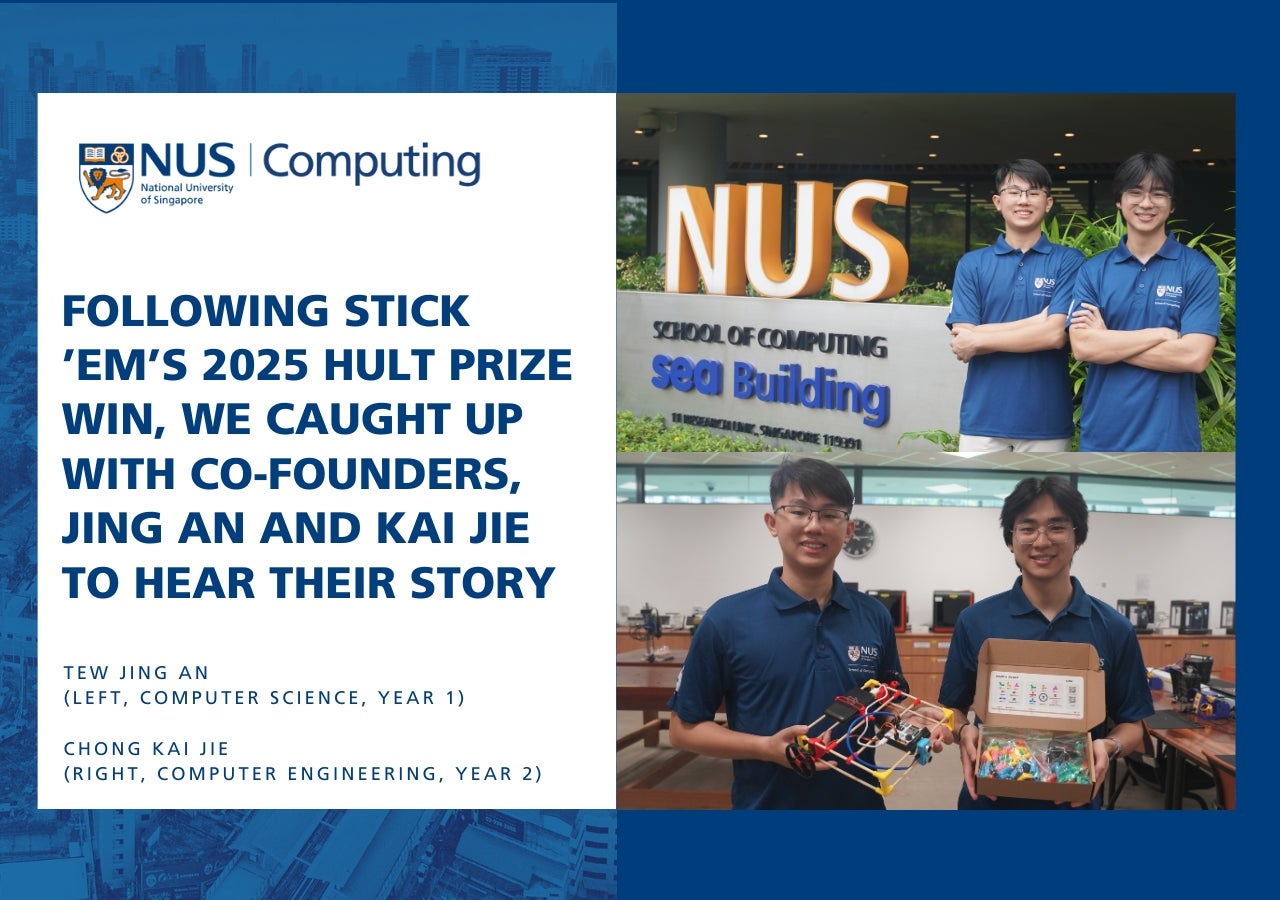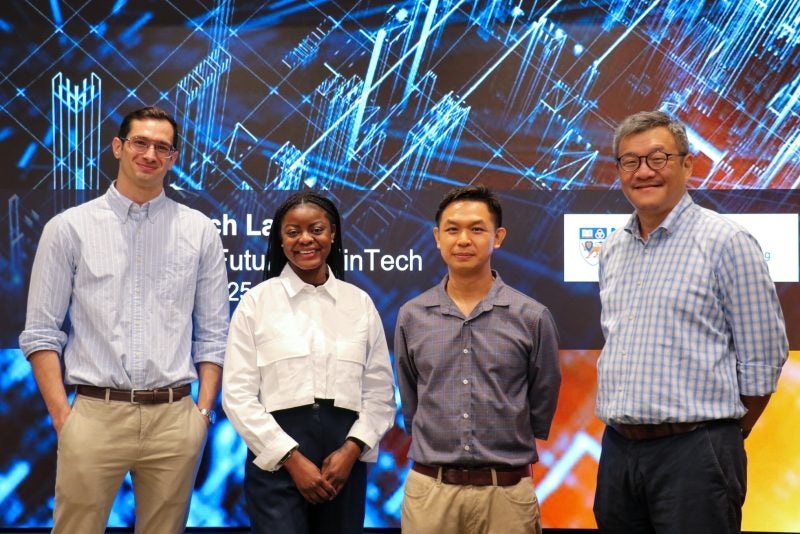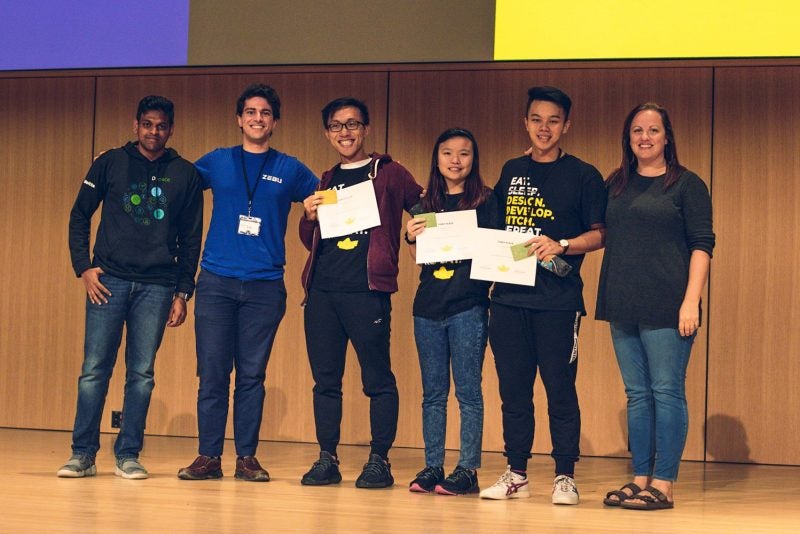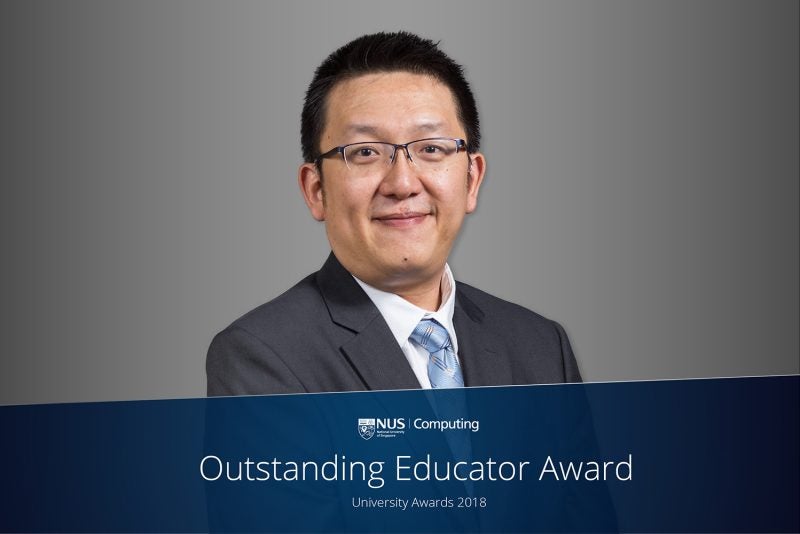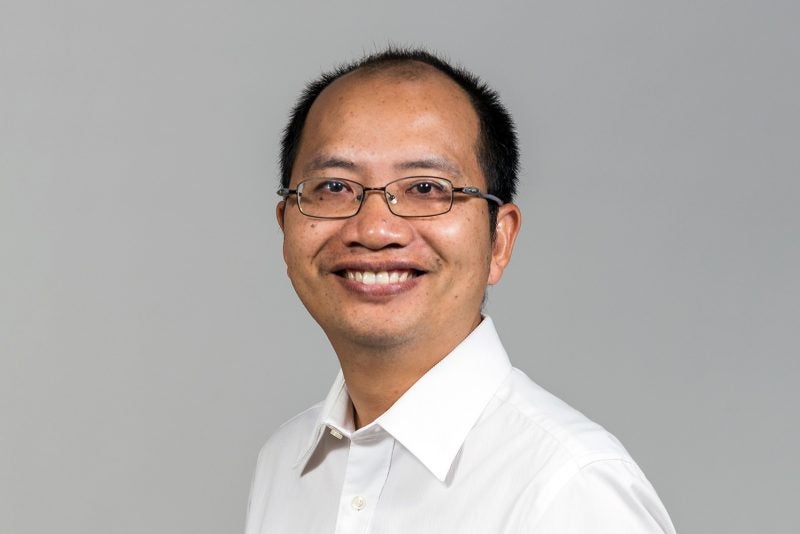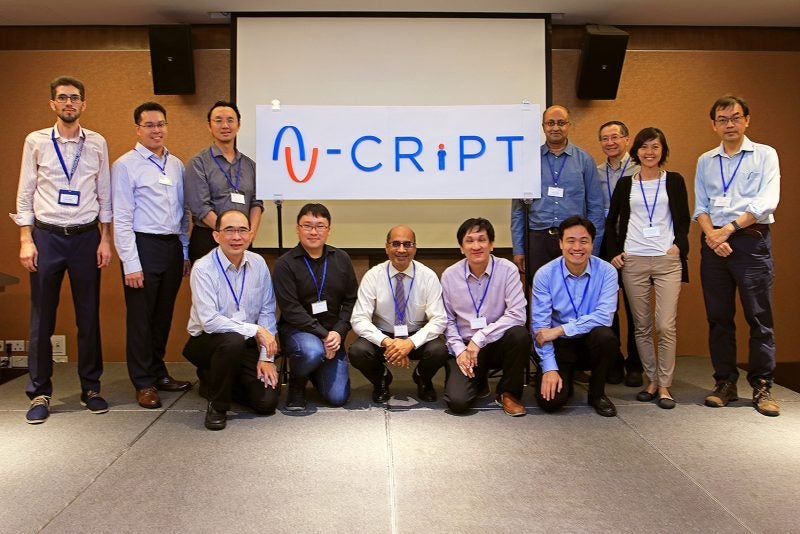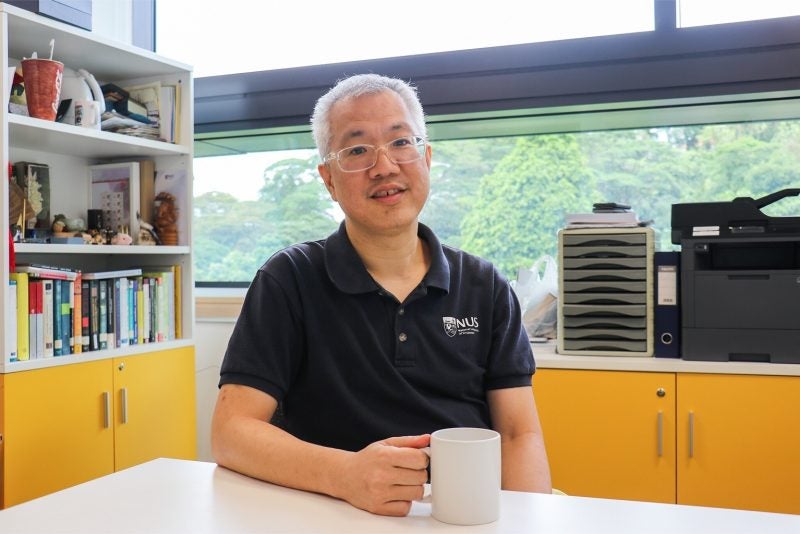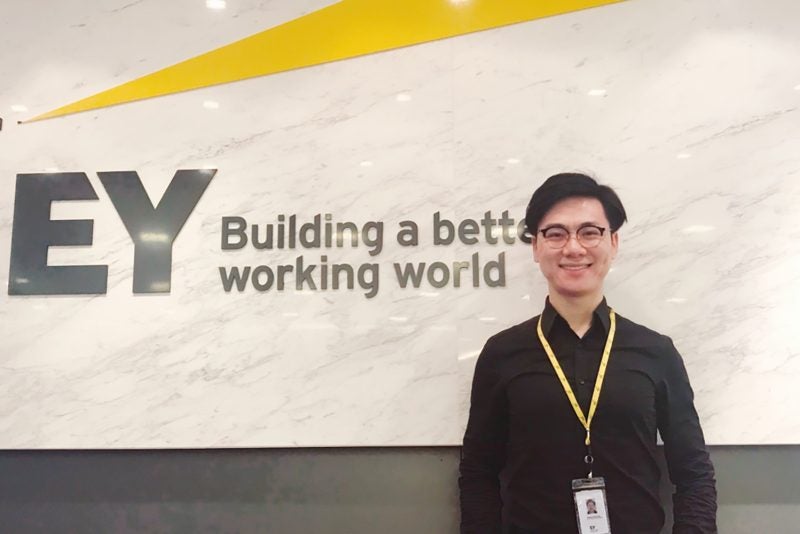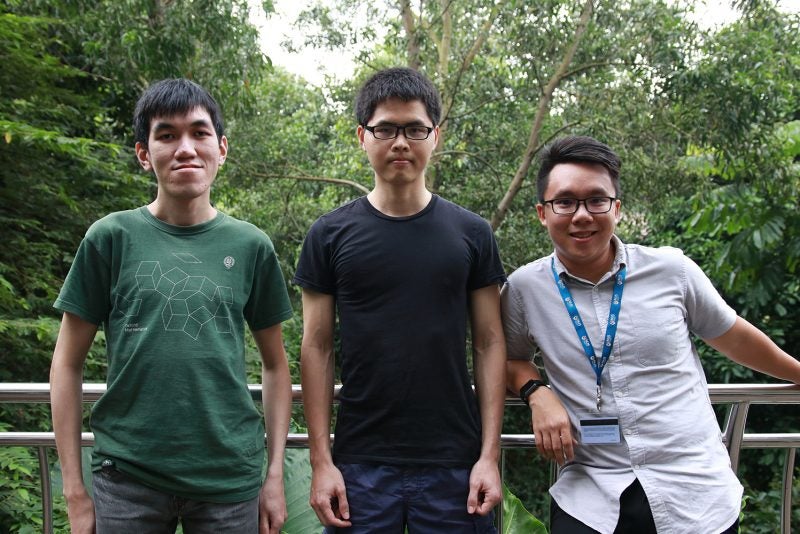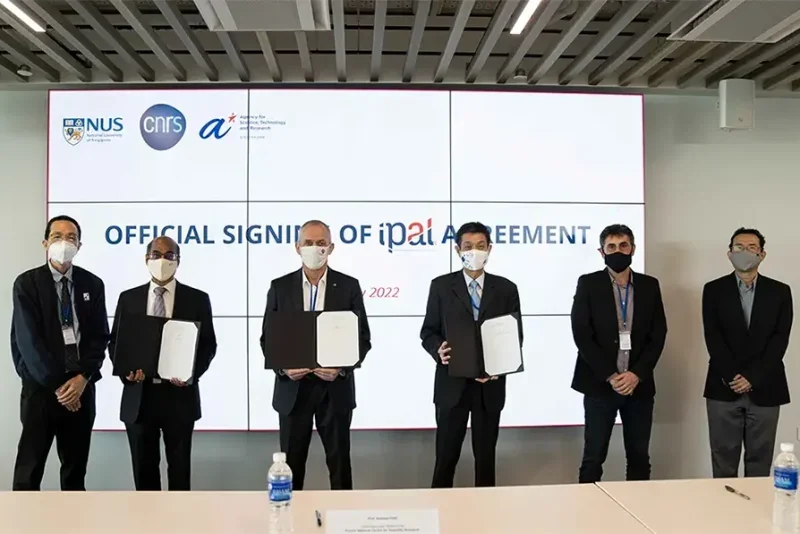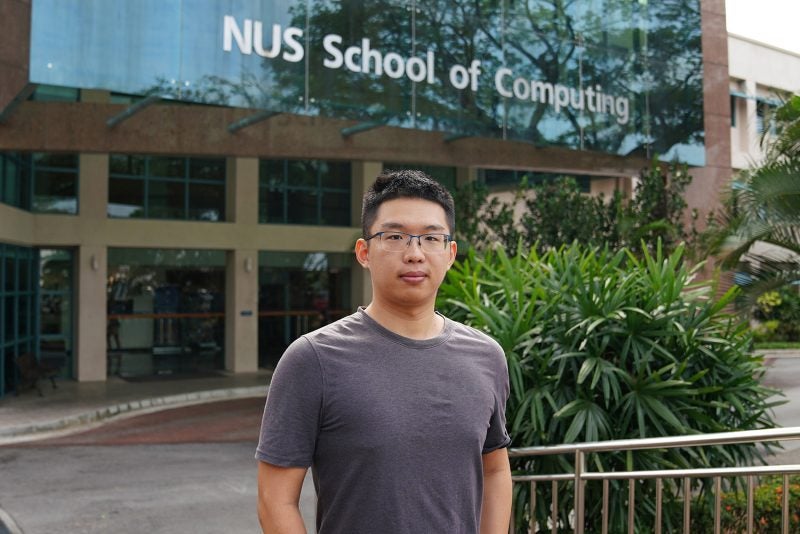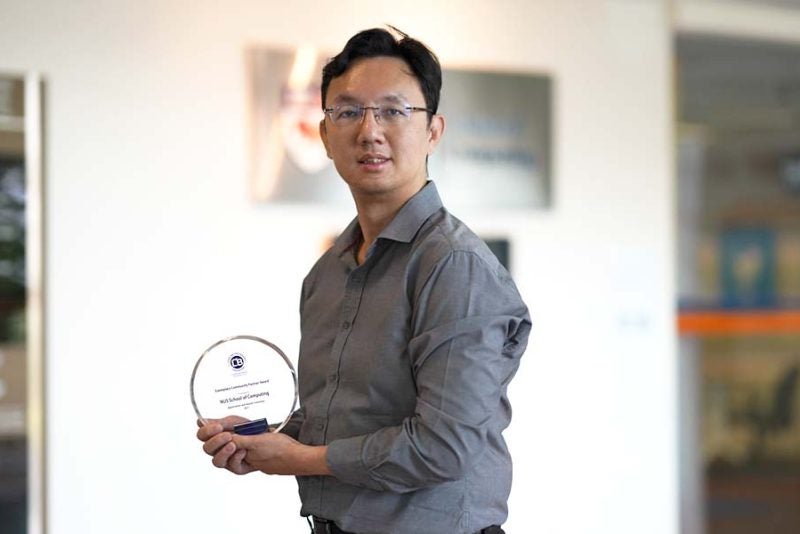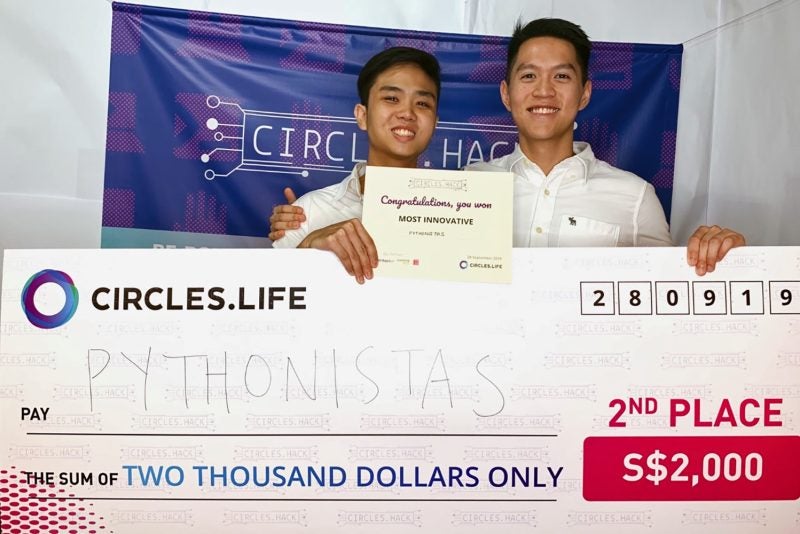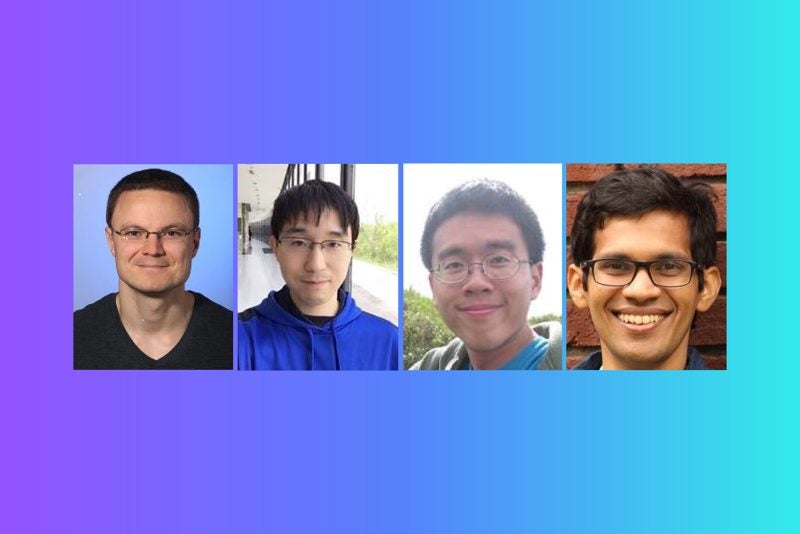Turning Chopsticks into Change: The NUS Computing Students Behind Stick ‘Em, Winner of the 2025 Hult Prize
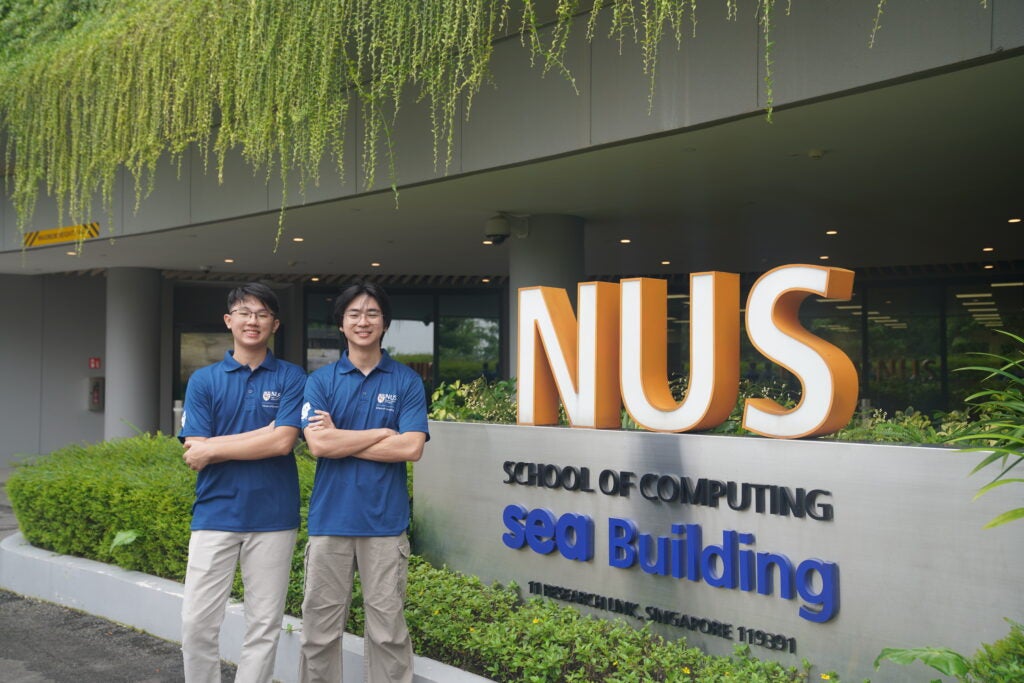
Two students from the NUS School of Computing have put Singapore on the global entrepreneurship map. Tew Jing An, a Year 1 Computer Science student, and Chong Kai Jie, a Year 2 Computer Engineering student, are co-founders of Stick ‘Em — an education technology startup that clinched the prestigious 2025 Hult Prize and its US$1 million seed funding at the Global Finals in London.
The idea? To make STEAM (Science, Technology, Engineering, Arts and Mathematics) education accessible to underserved communities through affordable, hands-on learning kits and a digital teaching platform.
Back on campus, Jing An and Kai Jie are keeping their feet firmly on the ground — balancing lectures, projects, and startup life while continuing to grow Stick ‘Em from the NUS School of Computing. We sat down with Jing An and Kai Jie to learn more about their journey, from hacking together prototypes in school labs to standing on the world stage.
Starting Out
How did you two first meet?
Jing An (JA):
We actually came from the same secondary school but didn’t know each other back then. We were roped into this venture by our mutual friend and co-founder, Ing Kai — that’s how we first met.
Kai Jie (KJ):
I knew of him, but we never talked until Ing Kai brought us together.

Building Stick ‘Em
What is Stick ‘Em?
JA:
Stick ’Em is a low-cost, hands-on STEAM kit made up of geometric connectors, chopsticks, and electronic components that can be controlled through any phone or digital device.
KJ:
For teachers, we provide ready-to-use, self-directed lesson materials aligned with their local curriculum — empowering any teacher, from any school, to run their own STEAM lessons through Stick ’Em Academy.
What are your roles in the startup?
JA:
In the beginning, I handled both the firmware and software for the electronic kit. Now, I focus mainly on the software side — managing the development and maintenance of our web control app.
KJ:
I started off doing 3D design and running the 3D printers. These days, I concentrate on 3D design and product development, though I still help with the printers when needed.
What’s been your most memorable challenge?
JA:
Definitely the lead-up to the Mapletree-SCCCI River HongBao Hackathon 2021. We were racing to produce enough kits to showcase and sell at our booth in Gardens by the Bay. Every chopstick was hand-cut on a table saw, every circuit board hand-soldered — right until the lab closed. It was exhausting, but seeing visitors stop by our booth, curious and impressed, made it all worth it.
KJ:
For me, it was when Ing Kai first pitched the idea. He said, “This will only take 10 minutes.” It’s been five years now — so I guess that means I’m pretty inefficient! (laughs)

Life at NUS
Why did you choose to study at NUS ?
JA:
NUS offers a wide range of focus areas within Computer Science, which gives me flexibility to explore and decide what I want to specialise in.
KJ:
Honestly — prestige. Prestige usually comes with the expectation of quality education, and I think NUS delivers on that.
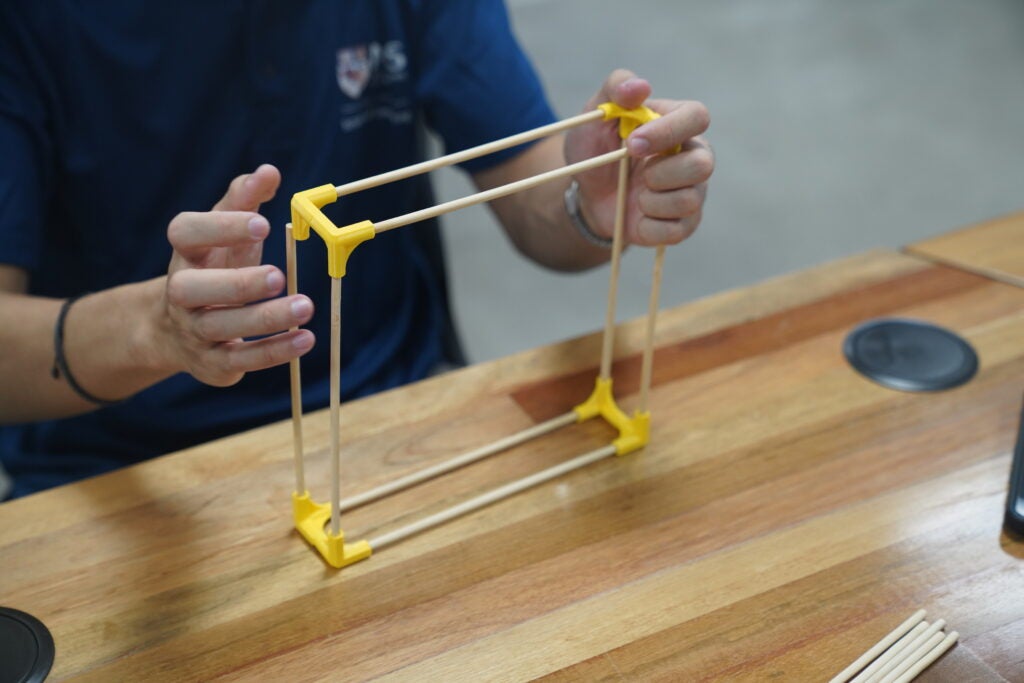
Why Computer Science and Computer Engineering?
JA:
I’ve been fascinated by robotics since young, but it was during my O-Level Computing course that I discovered my love for coding — and I’ve never looked back.
KJ:
I initially applied to Computer Science for the monetary prospects, and got a spot. But later, I realised Computer Engineering bridges what I knew and what I didn’t — combining hardware and software. That blend really interested me.
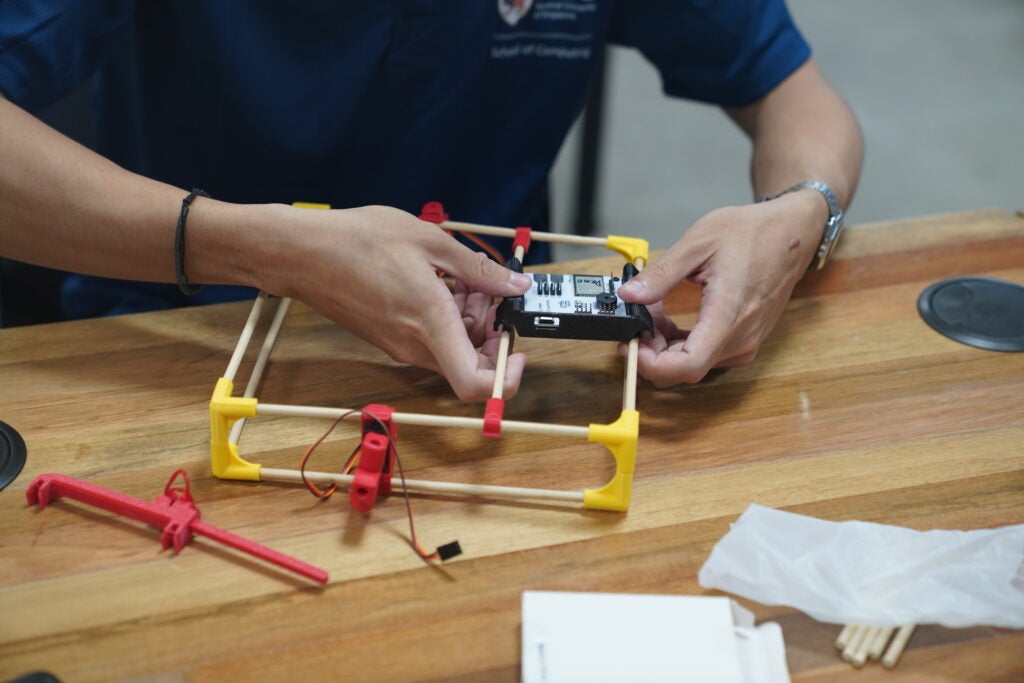
What do you hope to learn during your time at NUS?
JA:
I haven’t decided on a specialisation yet, but I want to strengthen my foundations in Data Structures and Algorithms — that’s my current weak spot.
KJ:
I’d like to specialise in embedded systems. I find it fascinating how engineers work within tight hardware and software constraints to make small computers — in appliances like microwaves, fridges, or cars — perform complex tasks.
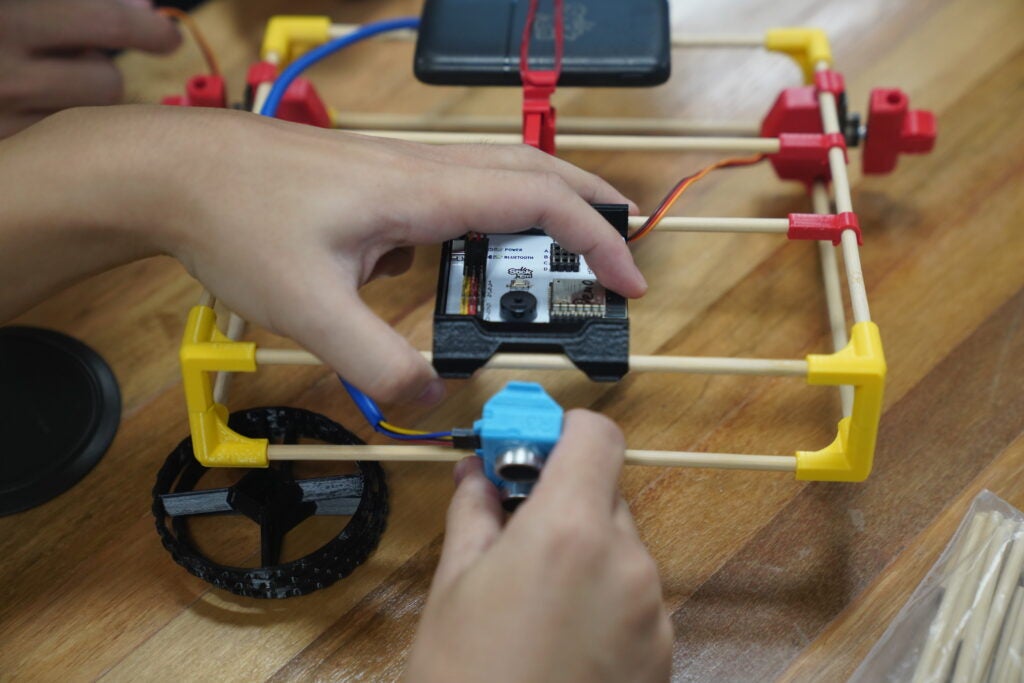
Any clubs or societies that interest you?
JA:
The NUS Computing Technopreneurship Society (StartIT) seems really interesting, especially their sharing sessions with startup founders and NOC alumni. As I’m still new to NUS, hearing how others balance their studies with building startups would be very helpful.
KJ:
I’m currently maxed out on my time budget, but if I could, I’d join the NUS Games Development Group — game development has always intrigued me. StartIT also seems great for students who have ideas but don’t know where to begin.
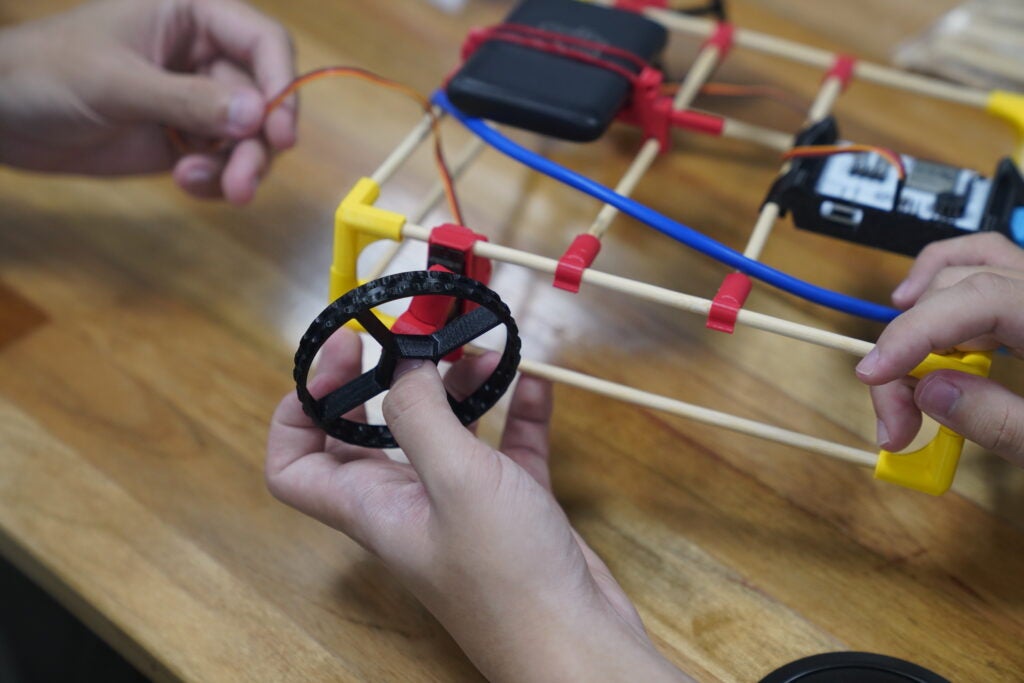
How do you balance lectures, projects, and running a startup?
JA:
I dedicate blocks of time for different tasks as a guideline, but I stay flexible and adjust when necessary.
KJ:
I tend to work in bursts — multitasking doesn’t come easily. Since Stick ’Em work takes a lot of mental focus, I set aside entire days for it. I try to finish other deadlines early so I can fully focus on startup work when I need to.

Any time-management hacks for fellow students?
JA:
I keep a handwritten to-do list on my desk. It keeps things tangible. I also take the initiative to delegate project work early so I can plan around it.
KJ:
Time management boils down to choosing what you’re willing to sacrifice in your life. Time is a limited resource. You can’t expect to achieve something without spending time on it—time you get from sacrificing another pursuit.

Would you encourage other students to join NUS Computing, and why?
JA:
Yes. NUS Computing offers great opportunities like the Orbital Programme, where students can explore independent projects — it’s a safe space to experiment, just like entrepreneurs do.
Words of Advice
One piece of advice for aspiring entrepreneurs?
JA:
Don’t be afraid to try. You might fail, but each attempt is a learning experience. After graduation, it’ll be harder to take those risks — so start now.
KJ:
Talk to people. There are more entrepreneurs around than you think. Some have resources or contacts that can help; most have valuable advice. I’d also recommend the NUS Overseas Colleges (NOC) programme — it’s a great way to experience entrepreneurship firsthand. You get to work closely with founders, learn directly from them, and even live abroad for a while.
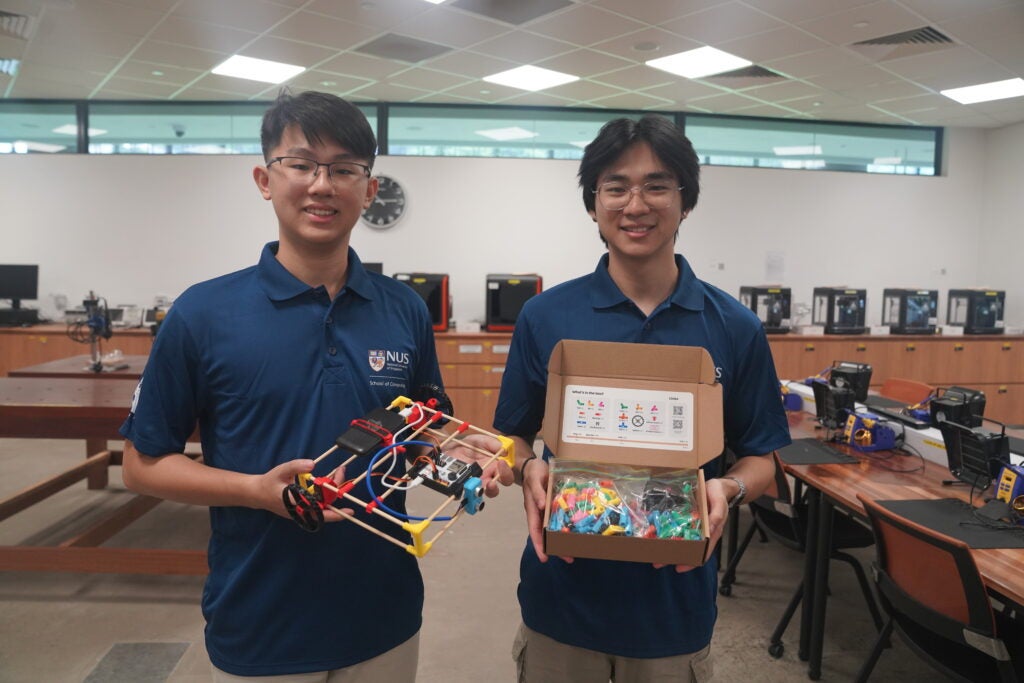
Looking ahead
From chopsticks and soldered circuits to classrooms around the world, Stick ‘Em’s journey is a reminder of how creativity and compassion can shape technology for good.
As the Stick ‘Em team scales their impact with the support of the Hult Prize, Jing An and Kai Jie continue their studies at NUS — embodying the spirit of innovation, perseverance, and purpose that defines the School of Computing.
Stick ‘Em Around the World
What started as a simple idea in a student lab has now reached communities across Asia and Africa. Through partnerships with educators nd non-profit organisations, Stick ‘Em kits are helping children learn science and technology through play — building curiosity, creativity, and confidence along the way.
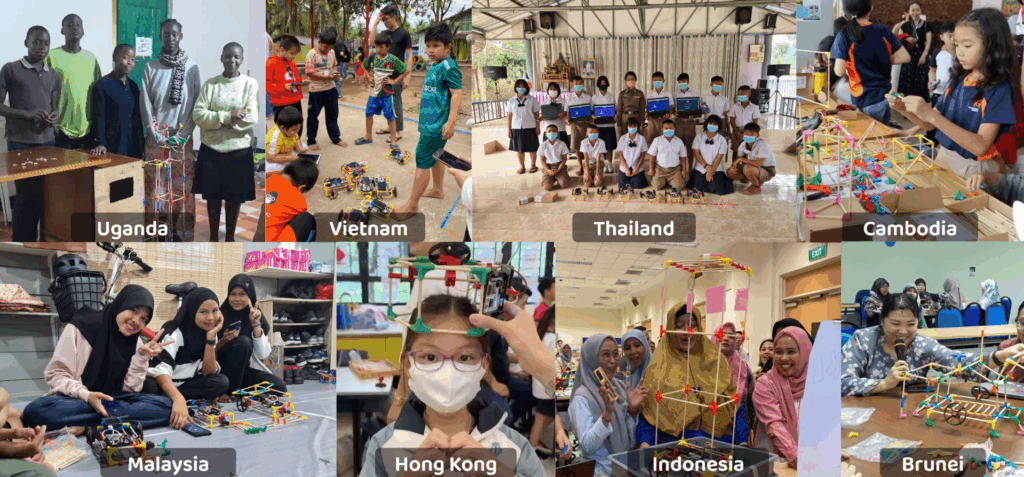
Click below to read more about:

